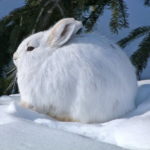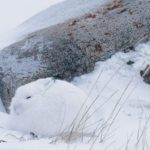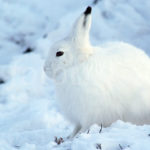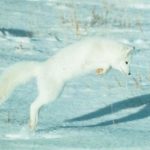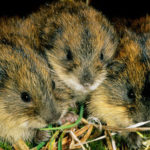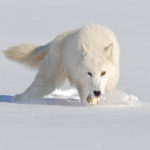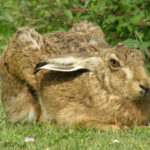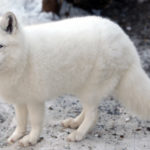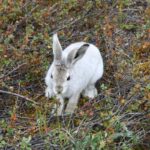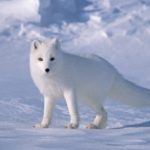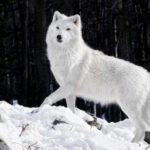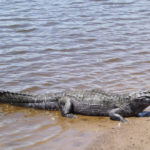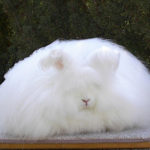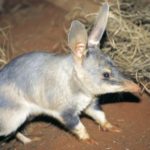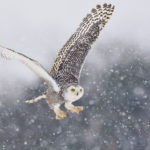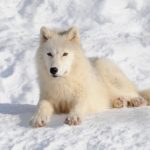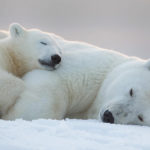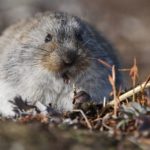Arctic hares
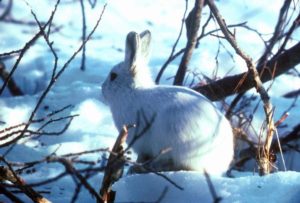 The Arctic Hare is the largest among its other brethren. He is very much like a rabbit, only his ears are much longer. This species perfectly adapted to the conditions of life in the cold terrain. He well tolerates the temperature even minus 30 degrees Celsius. Habitat – northern Canada and the tundra of Greenland. But in Alaska this animal does not occur.
The Arctic Hare is the largest among its other brethren. He is very much like a rabbit, only his ears are much longer. This species perfectly adapted to the conditions of life in the cold terrain. He well tolerates the temperature even minus 30 degrees Celsius. Habitat – northern Canada and the tundra of Greenland. But in Alaska this animal does not occur.
The adult weighs 4-5 kg, his body reaches 60-70 cm in length. Externally, males and females are no different. The color of the fur varies depending on the season: in winter it is white, and in summer – gray or light brown. Hares that live in the polar regions of Canada, fur color do not change, they are always white.
Arctic Hare – the beast is quick and fast, it runs at a speed of 65 km / h. This is due to the strong and long hind legs. When running, the hare with both hind legs simultaneously pushes away from the ground, while the front touches the ground alternately. On the paws there are quite strong claws, with which the hare can dig a frozen ground or rake up a dense snow cover in search of food. He prefers to dwell in the area with a small layer of snow. In marshy areas and in damp areas does not occur.
These animals swim well, can swim a small river. The location of the eyes gives a large viewing angle, the beast can examine the terrain, almost without turning its head. This allows you to see the predator on time and avoid an attack. Wishing to attack the arctic hare a lot. This is arctic fox, ermine, arctic wolf. Arctic owls often attack young animals. Therefore, the hare is always compelled to be cautious and, in addition to searching for food, to ensure his own safety. On average, these animals live 5 years.
Hare can lead both a single way of life, and a schooling. Often live in groups, the number of which can reach several thousand individuals. Everyone lives there on an equal footing, there are no leaders. Such groups are short-lived, their composition is unstable. In winter, these animals live on the mainland, and with the arrival of spring on still not melting ice floes move to the islands located in the north from the mainland. The main reason for this displacement is the complete absence of predators on these islands. These animals are nocturnal, this time is safer for them.
